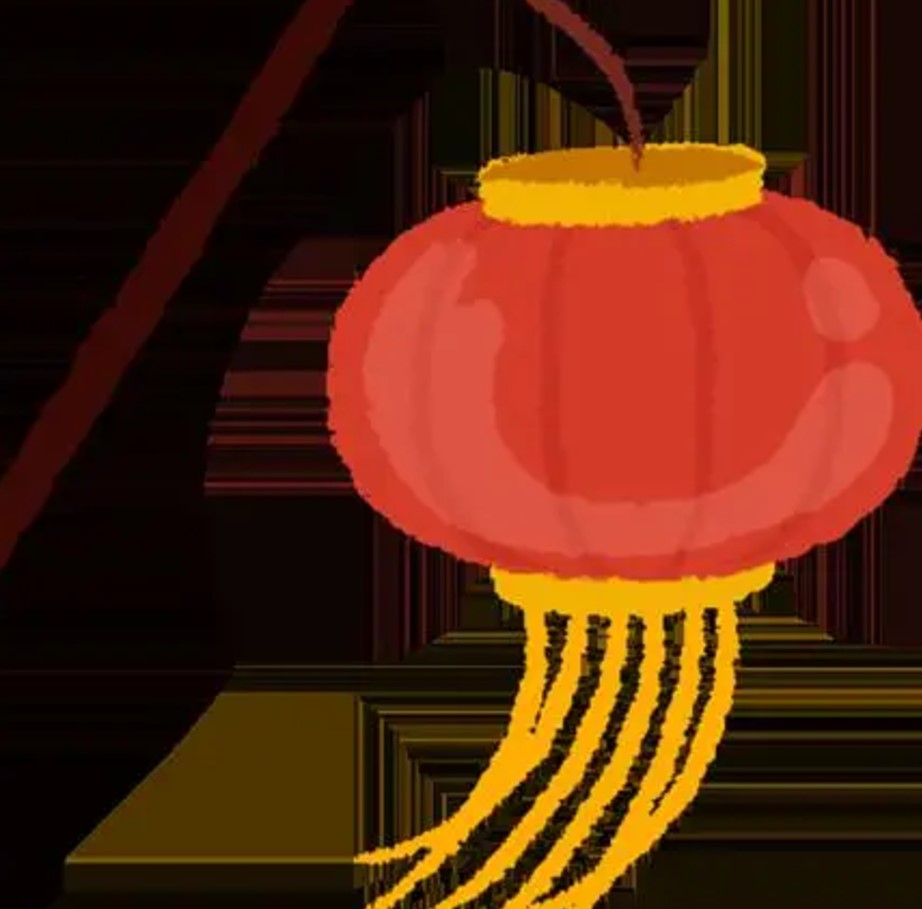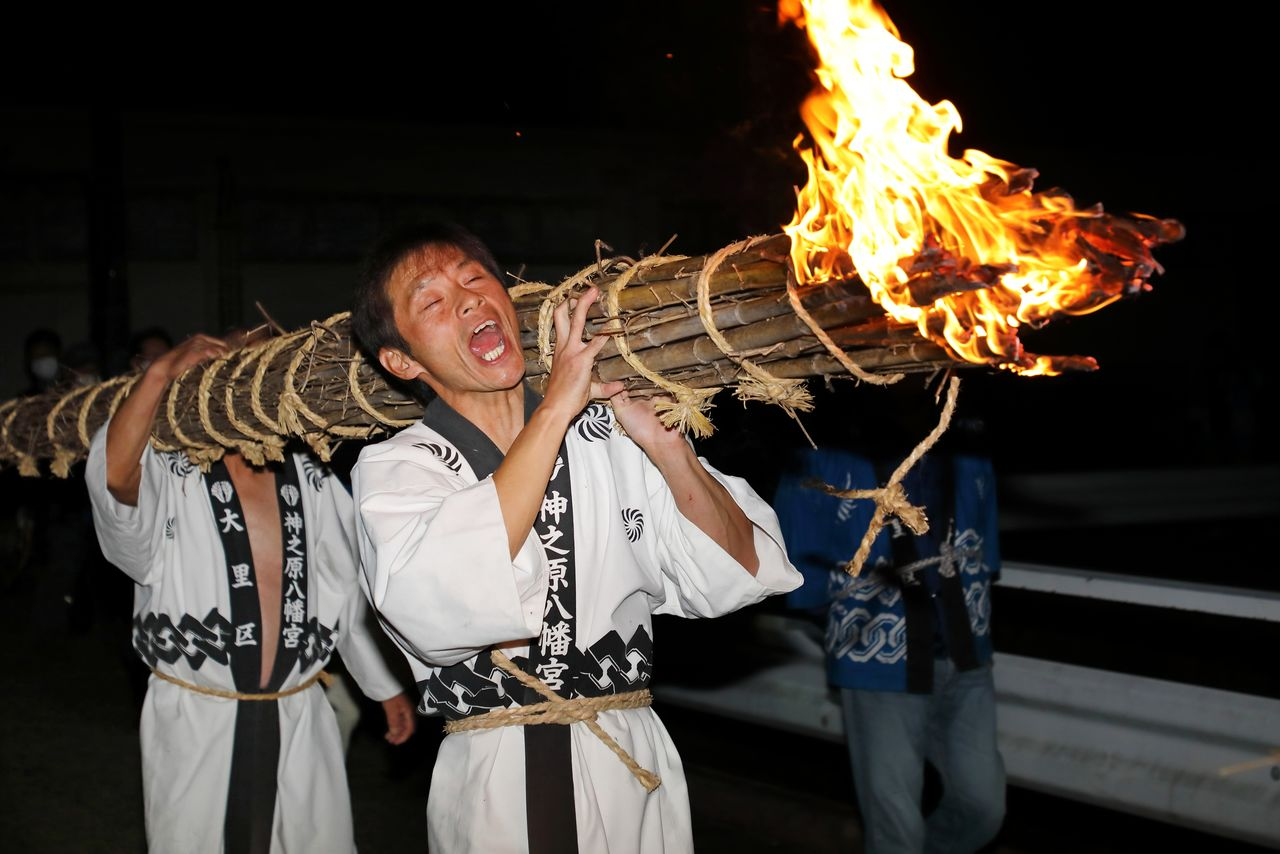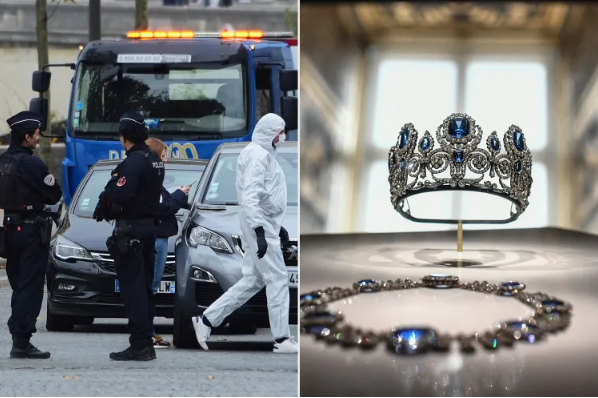
The Spring Festival has a long history. It is said that the custom of “Spring Festival” existed as early as Yao and Shun in the Neolithic period.
Regarding the origin of the “Spring Festival”, there is a legend: In ancient China, there was a beast called “Xi”, which had long tentacles on its head and was extremely ferocious. “Xi” lives deep on the bottom of the sea for many years, and only climbs ashore on a specific day (now called New Year’s Eve) to devour livestock and harm human lives. Therefore, every New Year’s Eve, people in villages and villages help the elderly and children flee to the mountains to avoid the harm of the “Xi” beast. One New Year’s Eve, an old man came begging from outside the village.The villagers were in a hurry and panic. Only an old woman in the east of the village gave the old man some food and advised him to go up the mountain quickly to avoid the “Xi” beast. The old man lifted up his beard and said with a smile: “If my mother-in-law lets me stay at home all night, I will We must drive away the Xi beast.” The old woman continued to persuade, but the beggar man smiled and said nothing.
At midnight, the “Xi” beast broke into the village. It found that the atmosphere in the village was different from previous years: at the east end of the village, the old woman lived in her husband’s house, with red paper on the door and brightly lit candles in the house. “Xi” beast trembled all over and screamed strangely. When approaching the door, there was a sudden “bang bang bang bang” explosion sound in the courtyard. “Xi” trembled all over and did not dare to move forward. It turns out that “Xi” is most afraid of red, fire and explosions. At this time, the door of my mother-in-law’s house opened wide, and an old man wearing a red robe was seen laughing in the courtyard.”Xi” turned pale with fright and ran away in embarrassment. The next day was the first day of the first lunar month. People who had returned from the refuge were surprised to see that the village was safe and sound. At this time, the old woman suddenly realized and hurriedly told the villagers about the beggar’s promise to the old man. This incident quickly spread in the surrounding villages, and people all knew how to drive away the “Xi” beast. From then on, every New Year’s Eve, every family puts up red couplets and sets off firecrackers; every household lights up candles and watches the New Year’s Eve. Early in the morning on the first day of the Lunar New Year, we also visit relatives and friends to say hello. This custom spreads widely and has become the most solemn traditional festival among Chinese people.
It is said that the “Spring Festival” originated from the activities of worshiping gods and ancestors (December Festival) at the beginning and end of the year during the Yin and Shang Dynasties in China. In the early years of the Western Zhou Dynasty, there was an annual custom of celebrating the harvest and worshiping ancestors at the turn of the old and new years, which can be considered the prototype of the “year”. But the name “Nian” appeared later, and the name of “Nian” started from the Zhou Dynasty. When ancient emperors succeeded to the throne, in order to show the authority of the “Emperor”, they often established their own calendar.The time of year was not officially fixed until the Western Han Dynasty and continues to this day. Emperor Wu of the Han Dynasty (140 BC to 87 BC) succeeded to the throne and decided to restructure the calendar to unify it. Sima Qian suggested the creation of the Taichu calendar and set the Spring Festival in the first month of Mengchun. The calendar we use today was revised by many dynasties after Emperor Wu of the Han Dynasty. However, the New Year’s Day, which falls on the first day of the first lunar month, is the most solemn festival of the Chinese nation and has been inherited on a fixed date.




